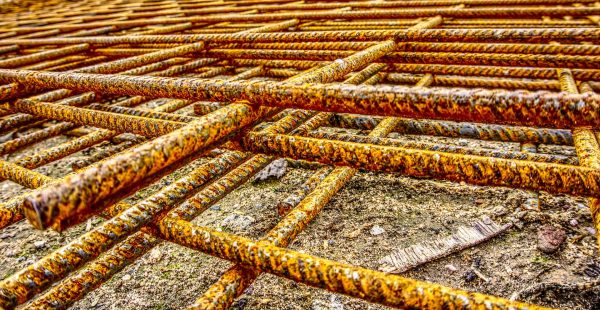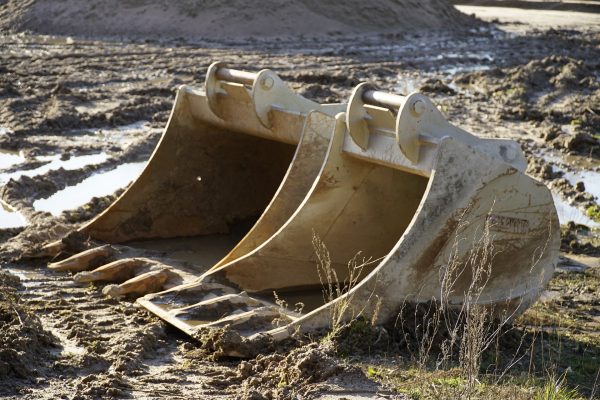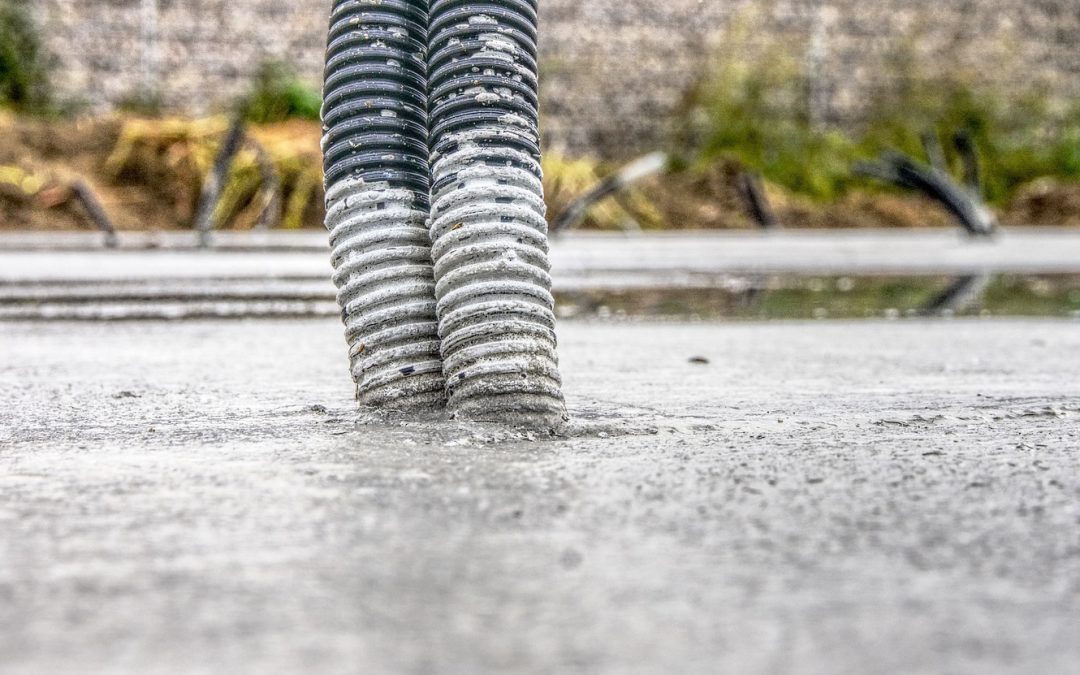The G&W Guide to… Sustainability
Geotechnical • Industry matters
It is universally accepted there is a pressing need to dramatically cut carbon emissions across the world. So in the current climate, what is the best way to get our construction projects out the ground in a genuinely sustainable way?
Groundwork
We believe the answer is all about optimizing the extent of the groundworks. This means reducing the depth to which foundations (pile/traditional) are constructed. By doing this we burn less diesel, we are reducing the amount of muckaway required and the amount of concrete needed. And as an industry, we should also be looking at the amount of steel reinforcement we are putting into foundations. Collectively these measures will cut carbon emissions and reduce environmental impact.

As an industry we should look at using less steel in foundations
But achieving all of the above requires a collaborative design approach involving Structural and Civil Design Engineers, the Ground Engineers (Geotechnical/Site Investigation), the Client and the Regulator.
This approach will get the best out of the ground, by using the best data we can get in the best way, with all risks appreciated and understood, designed out where possible, and mitigated where not.
Informing your decisions
But how do you judge whether a decision you are making makes a foundation or remediation strategy more sustainable or not?
Well Ground & Water can help with this, with our new Ground & Water Sustainability Calculator.
We have utilised information within the Highways England Carbon Tool Guidance, Government Carbon Factors Report 2020, ICE V3 and the Bath Inventory Version 2.0 (2011) to produce a bespoke embodied carbon tool for foundations and remediation.
We achieve this by calculating the embodied carbon of the work at every stage of the design; and one of the most important times to calculate embodied carbon is at the early design stage, which includes early site investigation and foundation and remediation design.
For example, the calculator allows the embodied carbon of an 18m bgl piled foundation scheme to be compared to traditional 2.0m bgl, 1.0m wide footings and allows you to decide which is the most sustainable approach.
The tool allows you to evaluate the embodied carbon when deciding to install gas membranes, and also whether to install a 600mm capping instead of a 300mm Topsoil capping.

Embodied carbon should be calculated early in the design stage
It also allows you to determine the positive impact that the use of the Definition of Waste Code of Practice (DoWCoP) can have on your earthworks. I.e. What is the carbon benefit of re-using 1000cu.m of soil instead of importing?
Further decisions can then be cost/benefit balanced, but with benefit to the overall environment included within the design.
Small investment, big benefits
We include a basic sustainability evaluation as standard within our reports, comparing typical pile length with typical traditional footing depth.
However, for an additional £300 (ex VAT), this sustainability assessment can be expanded to look at the impact of the piling mat, number of houses, square meterage of footings; providing a detailed site wide assessment.
It may be possible to link our calculator with Civil & Structural Engineering tools, like the Highways England Carbon Tool or The Structural Carbon Tool Version 2 as we understand that Embodied Carbon Assessments from Civil and Structural Engineering firms may use similar tools and carbon factors.
If you would like to learn more about the Ground & Water Sustainability Calculator we can arrange a demo, meet in person or discuss on the phone or over MS Teams. Or we can include it within a team CPD session. Which ever way suits you would help us to disseminate this highly cost effective aid to more sustainable construction to the people who need it.
